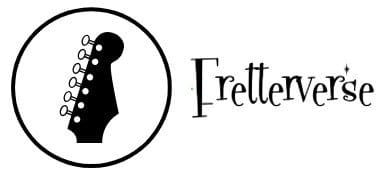Introduction to Reverse Headstock Guitars
There was a moment in my workshop when an unconventional guitar crossed my bench—a reverse headstock guitar. At first glance, it seemed like just another quirk of design, but as I ran my hands over the neck and strummed the strings, I knew there was more beneath the surface. *How could such a small design shift alter the instrument’s entire essence?*
As a luthier, I’ve seen how even minor tweaks in guitar design features can significantly impact sound and playability. The reverse headstock’s unique configuration not only shifts the aesthetic balance but challenges traditional notions of string tension and tuning. One might ask, what truly sets the reverse headstock apart? Here, we unravel its mysteries, weighing the benefits, drawbacks, and characteristics of this fascinating design, inviting you to explore the nuanced world of reverse headstock guitars. Come with me as we delve deeper, questioning and uncovering the truth behind this intriguing guitar evolution.
What Are Reverse Headstock Guitars?
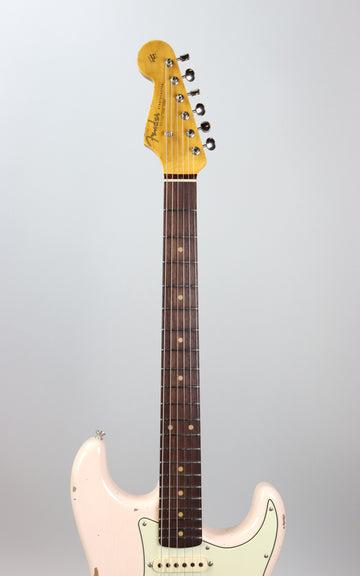
Did you know that the orientation of a guitar’s headstock can affect its tonal characteristics? This intriguing detail often leads musicians into a fascinating exploration of reverse headstock guitars. My exploration into electric guitar headstocks has shown me the intricate relationship between design and sound, leading me to appreciate the unique qualities of reverse headstock models. A reverse headstock guitar is one where the headstock is rotated 180 degrees from its traditional position, causing the strings to gradually decrease in length from the low E string to the high E string.
The difference might seem purely aesthetic at first glance, but it’s more than a visual deviation—it’s an *acoustic adventure*. In my hands, the reverse headstock reshapes the string tension in a subtle yet significant way. The longer length of the lower strings can contribute to a slightly softer feel, potentially altering the attack and sustain of notes. This variation influences my playing style, encouraging a *more expressive approach* that feels distinct from that on a traditional headstock instrument.
The reverse versus traditional headstock debate isn’t merely about preference; it’s about finding the right fit for one’s musical identity. Through this journey, I’ve found that these guitars offer more than just novelty—they provide a platform to explore new sonic landscapes and add a unique voice to my musical narrative.
Why Choose a Reverse Headstock?
Improved Guitar String Tension
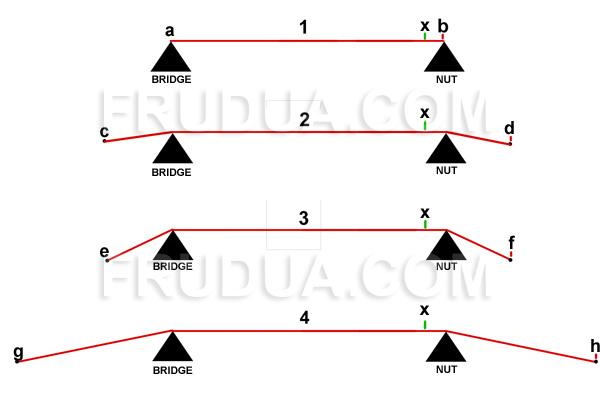
Through my research in instrument acoustics, I’ve uncovered that the design of a guitar’s headstock plays a crucial role in guitar string tension, which ultimately influences string bending and the overall feel of playing. The reverse headstock, with its unique orientation, extends the length of the bass strings, allowing them to maintain a tighter tension. This subtle alteration has a significant impact for guitarists who prioritize *precision and control* in their playstyle, especially during bending. The tension shift can often translate to a *more defined sound*, enhancing both the *attack and sustain* of each note.
Transitioning from understanding what a reverse headstock is, recognizing how it affects string tension provides further insight into its functional benefits beyond aesthetics. This enhancement is not merely about looks but contributes to the instrument’s playability, making the reverse headstock a desirable choice for many musicians. Let’s now explore how this distinct style can also transform the guitar’s visual appeal.
Enhancing the Look of the Guitar

In my time working on instrument design, I’ve discovered that the look of a reverse headstock can profoundly enhance a guitar’s visual appeal. Aesthetics often serve as a player’s first connection to an instrument, becoming an inviting gateway into a deeper musical engagement. A reverse headstock offers a unique silhouette that effortlessly stands out, reinforcing an artist’s individuality and style. This distinct design can complement both modern and vintage guitar bodies, adding an extra layer of allure to the overall appearance.
While its practical benefits—such as influencing string tension—are significant, the choice often begins with how the guitar speaks to the player visually. The alignment of strings on a reversed headstock subtly shifts the emphasis, creating a sense of balance and refinement that many musicians find appealing. This visual impact plays a crucial role within the broader consideration of why one might choose a reverse headstock, as it harmonizes performance with personal expression.
What Are the Drawbacks?
Challenges with Guitar Tuning
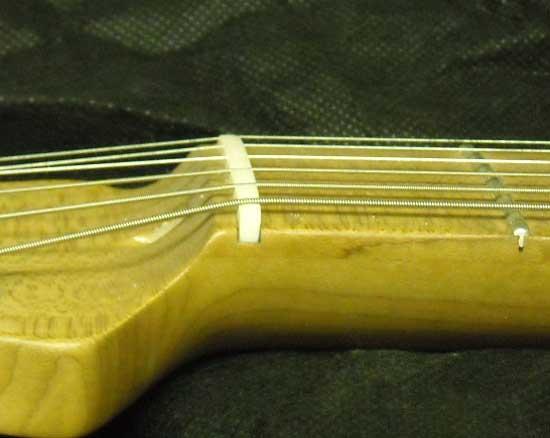
In my lutherie journey, I’ve often encountered *tuning issues* that stem from headstock designs—each type has its trade-offs that any guitarist should consider. Reverse headstock guitars can present specific challenges with tuning that impact the overall playing experience. The primary concern is the *guitar tuning impact* caused by the increased length of the lower strings. When using a reverse headstock, the extended string path to the tuning pegs can lead to greater tension variance. This might result in *frequent tuning adjustments* and a feeling of inconsistency, especially for players with a heavier strumming style.
Understanding these implications is paramount when evaluating whether a reverse headstock guitar aligns with your playing needs. It’s essential to weigh these challenges against the benefits such as improved string tension and enhanced aesthetics. By navigating these considerations, you can make an informed decision about when and how a reverse headstock guitar may serve your musical journey best.
When to Use a Reverse Headstock Guitar

Through my work with various guitarists, I’ve learned that the suitability of reverse headstock guitars often depends on a player’s style and technique, making it essential to match the right instrument to the right player. A key factor in choosing when to use a reverse headstock guitar revolves around *playability and aesthetic preferences*. The distinctive design not only alters a guitar’s look but also subtly affects string tension and playability, which can be a game-changer for certain genres and playing styles.
Are reverse headstock guitars suited for every genre and player? This is a question I’ve frequently encountered alongside musicians exploring the vast world of guitar builds. While *metal and hard rock guitarists* often favor the enhanced tension and aggressive visual appeal these guitars offer, others may find their charm in jazz or blues settings, where nuanced playability can shift a performance’s tone.
*Multi-scale guitars*, another intriguing development, combine the benefits of reverse headstocks by optimizing string tension across varying lengths, catering to distinct sonic needs. Whether jam sessions demand *down-tuned chugs* or fluid, swooping solos, a reverse headstock guitar can set the stage for transformative musical journeys. It’s essential, however, for each guitarist to assess if this unique characteristic aligns with their personal style and sonic aspirations. In my experience, open-minded experimentation often uncovers the guitar’s hidden potential, resonating with the player’s authentic voice.
Where to Find Reverse Headstock Guitars

Having spent countless hours engaging in guitar forum discussions and delving into lutherie communities, I’ve uncovered some fascinating insights into where to find reverse headstock guitars. Whether you’re a seasoned player or an enthusiastic newcomer, knowing the right places to look can significantly enhance your musical journey.
So, how can you identify quality craftsmanship in reverse headstock guitars? The answer lies in exploring the world of expertly crafted instruments, where precision and care meet creativity. Some of the *best ideas* come from indie luthiers, who balance traditional techniques with innovative designs. These artisans often have a presence on specialized forums, rich with community-driven recommendations and firsthand reviews.
Online guitar forums are buzzing with *valuable advice* and lead to discovering notable boutiques and trusted sellers. Websites like Reverb and Sweetwater offer platforms for purchasing, yet it’s the personal touch from recommendations in forums that often lead to finding instruments with superb musical instrument craftsmanship. Here, discussions frequently spotlight smaller builders who might not boast commercial fame but offer exceptional attention to detail and individualized care in their work.
By leveraging community insights and combining their recommendations with personal exploration, you can navigate an astonishing array of reverse headstock guitars that promise quality and uniqueness. This is where passion for the craft truly meets opportunity, giving you the means to discover a guitar that resonates with both your style and requirements.
Conclusion
In the end, is a reverse headstock guitar the right choice for your musical journey? Reflecting on my years in the field, I encourage players to weigh both the benefits and considerations of reverse headstock guitars as they seek their perfect instrument. This distinctive design offers improved string tension, which can enhance playability and potentially enrich your guitar’s tone.
While reverse headstocks can undeniably elevate the aesthetic appeal of your instrument, they also pose challenges, such as adjustments in tuning dynamics. It’s essential to consider how these factors align with your needs, whether you’re drawn to their unique look or intrigued by the potential tonal improvements they offer.
Ultimately, whether a reverse headstock is beneficial largely depends on your personal style and musical requirements. By exploring various options and reflecting on what truly resonates with you, you’ll enhance your playing experience and find the guitar that complements your artistic expression.
FAQs about Reverse Headstock Guitars
What burning questions do players have about reverse headstock guitars? Through my extensive experience in lutherie, I’ve delved into this intriguing world, addressing key concerns and curiosities from fellow musicians. A recurring theme in these discussions is the impact of guitar string tension and how it may affect playability and overall performance.
Reverse headstock guitars are not just a visual statement; they offer concrete mechanical benefits. Players often notice varying string tension, which can alter the feel and potentially enhance certain playing styles. However, this distinctive design can also pose challenges with guitar tuning. The positioning may lead to slight intonation shifts, demanding a more nuanced approach to setup and maintenance.
Such guitars are ideal for those seeking to push aesthetic boundaries while enjoying subtle shifts in guitar tuning impact, which can complement specific musical genres. However, it’s vital to weigh these benefits against possible drawbacks, making informed choices according to personal playing preferences and technical comfort levels.
Ultimately, whether drawn by the allure of design or the promise of unique tonal qualities, players are encouraged to explore and discover how reverse headstock guitars can uniquely fit into their musical journey. As the conversation evolves, these insights offer a foundation for making thoughtful decisions about incorporating this distinctive instrument into one’s repertoire.
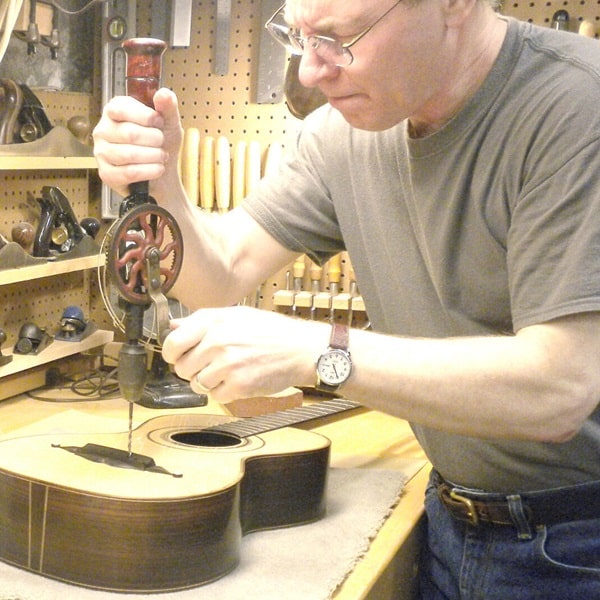
R.M. Mottola, an engineer-turned-luthier, revolutionizes stringed instrument design with his deep focus on acoustics and ergonomics since 1994. As editor of the Savart Journal and a key contributor to American Lutherie, Mottola merges science with artistry in lutherie. He enriches the field with his extensive knowledge, shared through his Liutaio Mottola website, making him a beacon in the world of modern instrument craftsmanship.
